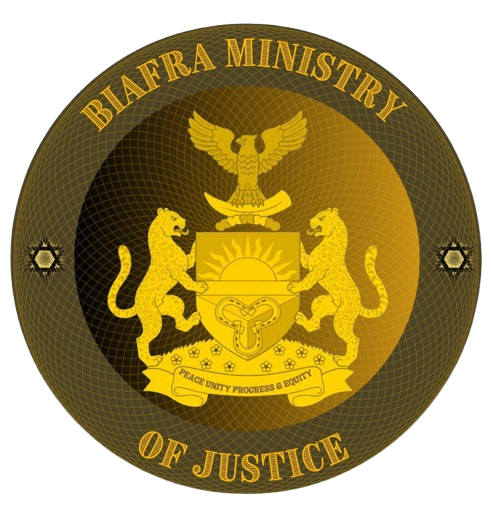STRUCTURE OF BIAFRA
The Constitution of the United States of Biafra will operate at the core of the State functions as a foundational document that aims to:
Protect the interest, liberty, and rights of the Biafran people, safeguarding the independence and security of the country
Promote the common welfare, sustainable development, internal cohesion, and cultural diversity of its people
Ensure the greatest possible equality of opportunity among its citizens
Commit to the long-term preservation of natural resources and a just and peaceful international order.
Confederate Structure
Biafra Constitution establishes a Confederate System of Government; hence, Biafra Nation is called a Confederation.
Each of the 40 States is autonomous.
The central government has no coercive power over any State and its citizens, except where the Constitution states otherwise.
Separation of Powers
Power separation confers Executive, Legislative and Judicial powers of the
Confederation on three different bodies as established by this Constitution.
The Parliament (Unicameral): with power to make the laws
The Executive: with power to administer laws and execute business of government through the Police, Defence Force, Government Departments, and other Statutory Authorities
The Judiciary: with power to conclusively determine legal disputes traditionally exercised by courts in criminal litigation and civil cases on such things as contracts and other legal matters.
The powers of the National Parliament and the States are clearly defined by the Constitution, for harmonious synergy between the National Parliament and the States. The role of the courts is to administer justice by enforcing criminal law, resolving civil disputes and upholding the rights of individuals are upheld and ensuring that government agencies operate within the law.


